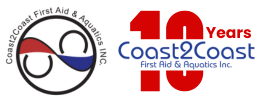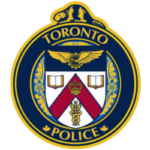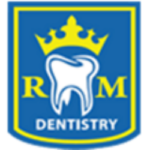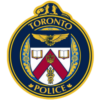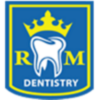
Private First Aid Training Newsletter
TIME IS RUNNING OUT
GET CERTIFIED
First Aid & CPR certificates expire every 3 years


FIRST AID & CPR
TIPS TO REMEMBER
Refresh your memory for some of the most common emergencies
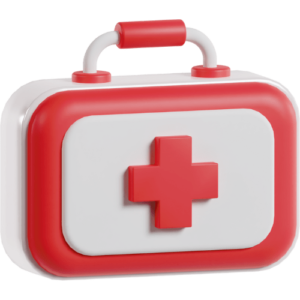
Stay Compliant with WSIB
Ensure the safety of your employees and protect your company’s reputation by complying with WSIB in Ontario and OHS in Alberta. Prioritizing First Aid/CPR training creates a secure work environment, reduces accidents, and demonstrates your commitment to employee well-being.
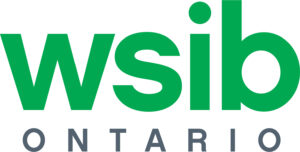
What Course Should I Take?
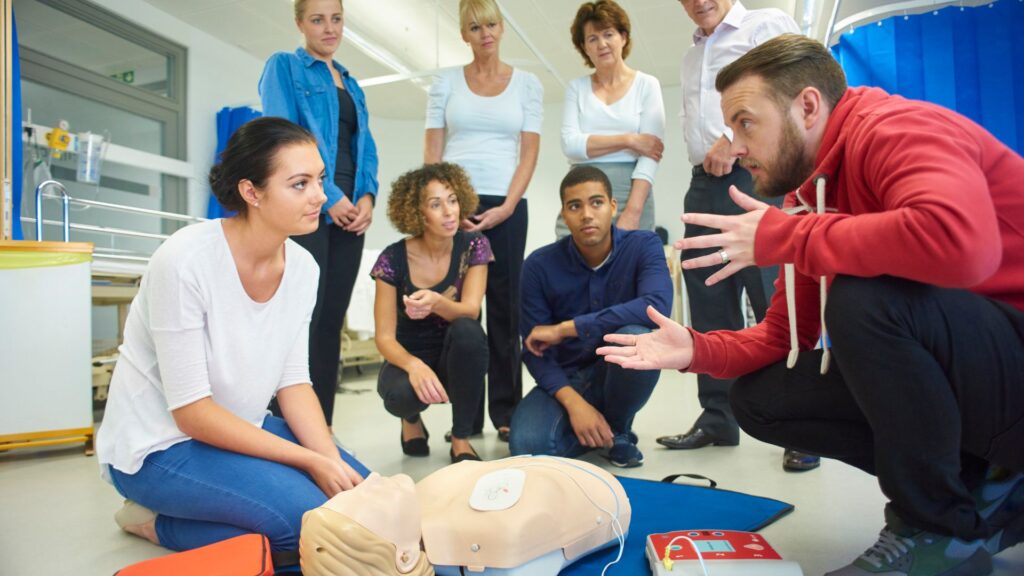
WSIB & OHS Requirements for your Industry
- Standard First Aid & CPR/AED Level C
- Basic Life Support
- Emergency First Aid & CPR/AED Level C
- Standard First Aid & CPR/AED Level C
- Emergency First Aid & CPR/AED Level C
- Standard First Aid & CPR/AED Level C
- Basic Life Support
- Standard First Aid & CPR/AED Level C
End of the Year Promotion
Don't Wait Until an Incident Occurs in Your Workplace!
As a leading provider of First Aid & CPR training courses in Canada, we pride ourselves on training thousands of students every year with the skills they need to help save a life.
Emergencies can occur at any moment – ensure your team is prepared. Get your First Aid & CPR training quote today!

Save $200!
Register your group of eight or more participants for a private/group training with us and save!
3 Common Incidents
Bleeding
Severe bleeding decreases the blood volume and has to be addressed immediately.
What to do?
- Apply pressure to the wound with a gloved hand.
- Bandage the wound over a sterile dressing.
- If the bleeding persists, apply a tourniquet.
- Call 911.
Cardiac Arrest
Surviving sudden cardiac arrest is nearly impossible unless someone performs CPR or uses an AED combined with CPR.
What to do?
- Call 911 as soon as possible.
- Use an AED immediately and alternate it with 2-minute rounds of CPR.
- If an AED is not available. Perform CPR at a 100 compressions per minute rate.
Choking
In most cases, choking leads to a coughing fit, but if there’s no one around to help and the airway is completely blocked, it can lead to death.
What to do?
- If someone is choking, try to dislodge the object by combining any two of the following
three options: back blows, abdominal thrusts, and chest thrusts. - Always stand behind the person and deliver up to 5 firm back blows, abdominal thrusts or chest thrusts.
Importance of Recertification
Updated Knowledge
Learn about the latest First Aid guidelines and techniques for effective and evidence-based care.
Retention of Skills
Reinforce your first aid skills, ensuring proficiency in critical techniques and the ability to respond confidently in emergencies.
Confidence and Readiness
Boost confidence, reduce stress and anxiety and increase your preparedness to handle emergency situations.
Legal and Workplace Requirements
Fulfill legal obligations and workplace safety protocols aligned with the WIBS and OHS.
Enhanced Safety
Promote a safer environment by increasing the number of trained responders, leading to quicker intervention and better outcomes in emergencies.
Community Benefits
Offer immediate assistance to others, contributing to personal and community well-being by being prepared to provide aid until professional medical help arrives.
What Courses Can Be Recertified?
Duration:
4 hours
Requirements:
- Proof of valid Canadian Red Cross Certification
- 100% attendance of the course
- 75% score on the multiple choice knowledge test
Certification:
Certificate will be issued, valid for 3 years
Duration:
8 hours
Requirements:
Proof of valid Canadian Red Cross Certification (for Ontario training, it must be from a full training course)
100% attendance of the course
75% score on the multiple choice knowledge test
Certification:
Certificate will be issued, valid for 3 years
Duration:
5.5 hours
Requirements:
Proof of valid Emergency First Aid Certificate
100% attendance of the course
75% score on the multiple choice knowledge test
Certification:
Certificate will be issued, valid for 3 years
Duration:
20 hours in-class
Requirements:
Proof of valid First Responder Canadian Red Cross Certification
100% attendance of the course
75% score on the multiple choice knowledge test
Successful demonstration of required skills
Successful complete of minimum one practical scenario
Certification:
Certificate will be issued, valid for 3 years
Duration:
40 hours in-class
Requirements:
Proof of valid Emergency Medical Responder Canadian Red Cross Certificate
100% attendance of the course
75% score on the multiple choice knowledge test
Successful demonstration of required skills
Successfully complete minimum of two practical scenarios (one medical, one trauma)
Certification:
Certificate will be issued, valid for 3 years
First Aid & CPR/AED Recertification Methods and Courses

All-In-Class
With the All-In-Class format, students are able to complete their training in one go with an experienced Canadian Red Cross instructor. Refresh your memory with theory and hands-on practice. This format is available for public training.
Available course levels include:
- CPR/AED Level C Recertification
- Standard First Aid & CPR/AED Level C Recertification
- First Responder
- Emergency Medical Responder

Online Blended
Private/Group Recertification training courses are available in an Online Blended format. This allows students to complete half of their training online, in their own time, prior to attending an in-class session where they will practice hands-on skills.
Available course levels include:
- CPR/AED Level C Recertification
- Emergency First Aid & CPR/AED Level C Recertification (Alberta only)
- Standard First Aid & CPR/AED Level C Recertification
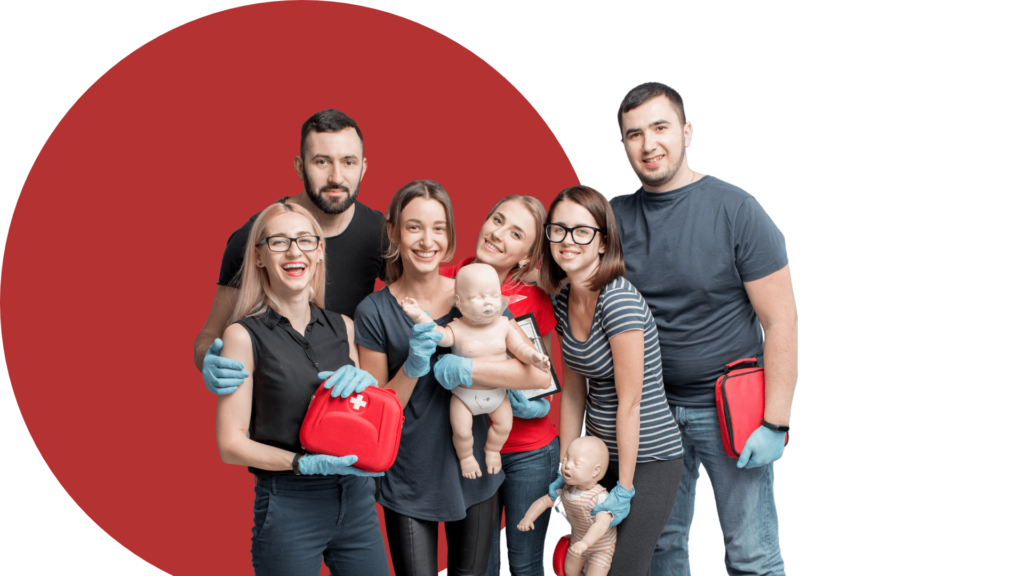
How The Loyalty Program Works:
Automatically become a Loyalty member and receive 2,000 welcome points ($10 value) when you enroll employees in a safety training course with us for the first time.
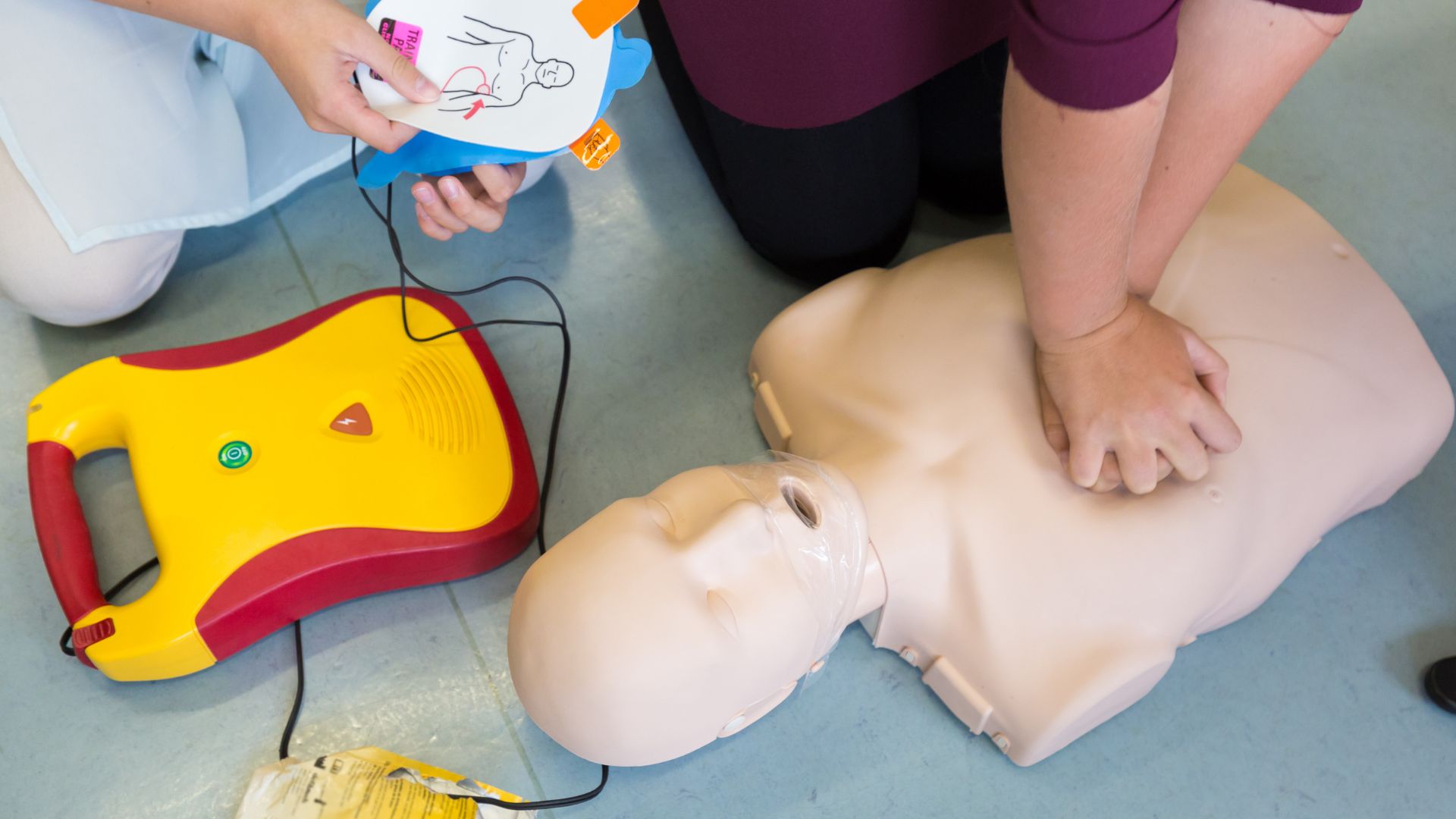
Did you know...?
For each minute that CPR and use of an AED are delayed,
the person’s chance of survival is reduced by about 10%
Why You Should Invest in an AED
An automated external defibrillator is an easy-to-use medical device that can help you analyze someone’s heart rhythm. It notifies you if you must deliver an electrical shock to help restore the heartbeat.
All emergency rescuers and police carry AEDs to use in emergencies. They are always available in most public places, including malls, sports arenas, gyms, and even on airplanes.
Cardiac arrests can also take place within office settings. Keep your employees safe; get an AED for your office!
*Finance options start as low as $88 per month*
Testimonials!
It was sooooo soooo soooo Good class
Everything was so good and organized specially
The instructor Mr. Rajeev Khanna is very Good hard working , kind and knowledgeable teacher
He didn’t make us feel bore
From the beginning of the training to the end everything was very well organized.
Thank You🙏🏻🤗
Would recommend Coast2Coast as they were able to reschedule me in a timely manner when my class was originally cancelled.
I’ve been to both the Newmarket and Brampton locations and the instructors were very helpful in guidance and making sure you felt confident.
Good coach Monsieur Joseph.
Although I am not new to first aid, I still learned a great deal, which I attribute to Rajeev’s teaching methods. He would prompt the class with questions to give everyone a chance to arrive at the answer themselves before offering the answer. This is something I have found very helpful in my past learning, and was glad to have that through the SFA-C course. He was respectful while knowing when to include humor, inspirational, and used demonstrations to keep everyone engaged.
I would highly recommend Coast2Coast and Rajeev’s courses for anyone looking to learn first aid or take another course that he teaches.
I would also recommend anyone reading this to take a first-aid and CPR course as it is invaluable – emergencies don’t come with warnings.
